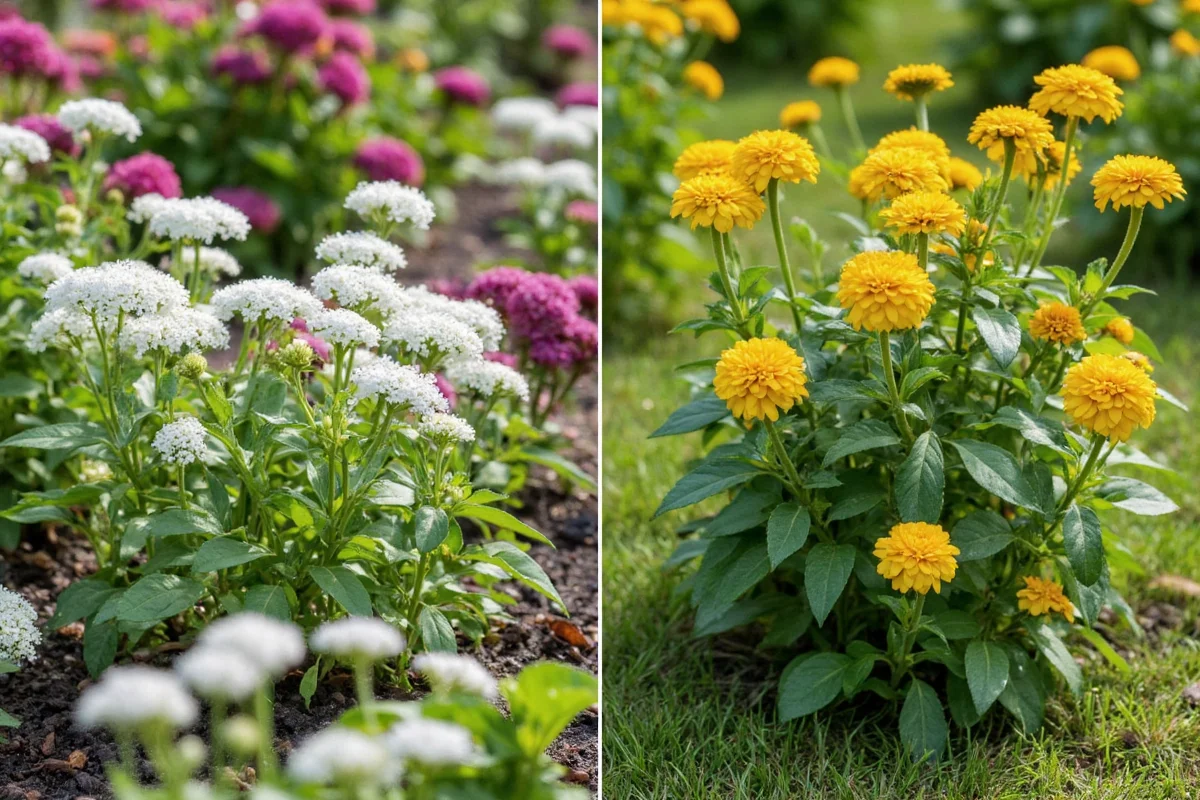If you're looking to create a beautiful garden that's easy on water and maintenance, xeriscaping is a great solution. Not only is it environmentally friendly, but it can also be incredibly stylish and vibrant. This article guides you through essential tips for designing a drought-tolerant landscape, offering practical advice and inspiration. Whether you're a seasoned gardener or a beginner, you'll find valuable insights and resources in this step-by-step guide to xeriscaping.
What is Xeriscaping?
Xeriscaping is a landscape design method specifically tailored for regions with little to no rainfall. The term comes from the Greek word "xeros," which means dry. Essentially, xeriscaping is landscaping with water conservation in mind, using drought-tolerant plants, reducing lawn areas, and implementing water-efficient techniques. Its principles are universally applicable, not just in arid areas, making it perfect for anyone looking to minimize water usage.
- Water conservation at its core.
- Highly adaptable to any climate or region.
- Can suit various aesthetics from natural to modern.
Xeriscaping isn't just about planting succulents and rocks; it involves a thoughtful integration of plants that require less water, adaptive designs that capture rainwater efficiently, and soil treatments to enhance water retention. The overall aim is to create an attractive yet sustainable landscape.
Planning Your Xeriscape Design
Before laying the first stone or planting the first flower, comprehensive planning is crucial in xeriscaping. The choices you make in the planning phase will significantly affect the performance and appearance of your xeriscape. Assessing your landscape's exposure to sunlight, existing soil conditions, and climate considerations are vital steps.
- Analyze sunlight and shade areas throughout the day.
- Consider your climate zone and average rainfall.
- Test your soil's drainage capability and fertility.
A successful xeriscape design often involves zoning your yard into areas based on their natural conditions. Group plants with similar watering requirements, and use features like berms to guide water flow. These techniques help in optimizing water use and ensure a thriving garden despite water scarcity.
Choosing the Right Plants
The heart of any xeriscape is the plants. Selecting the right drought-resistant plants can make your garden both stunning and sustainable. Plants like succulents, ornamental grasses, and certain herbaceous perennials are excellent choices for xeriscaping.
- Opt for native plants suited to your local climate.
- Research each plant's water needs and compatibility.
- Include a mix of texture and color for visual appeal.
When selecting plants, consider their mature size to provide them with adequate space and to avoid unnecessary crowding. Additionally, the ecology of your yard plays a significant role—introduce plants that support local wildlife and benefit the environment.
Soil Preparation and Mulching
Great xeriscaping begins with well-prepared soil. Soil quality can greatly influence the success of your garden, especially in dry conditions. A little effort upfront in amending the soil can result in significant water savings.
- Improve drainage with sand or small gravel.
- Incorporate organic material to retain moisture.
- Mulch extensively to reduce water loss and weed growth.
Mulching is essential in xeriscaping as it helps conserve moisture and regulate soil temperature. Organic mulches like straw or bark are excellent choices, providing nutrients as they decompose. Inorganic mulches, such as stones or gravel, also offer effective moisture retention and aesthetic appeal.
Efficient Watering Techniques
Conserving water is at the heart of xeriscaping, and utilizing efficient watering techniques is crucial. Establishing a sound irrigation strategy will not only assist in plant health but also in water conservation.
- Install a drip irrigation system for targeted watering.
- Harvest rainwater with barrels or cisterns for natural irrigation.
- Water deeply but infrequently to encourage deep root systems.
Shallow watering might promote weak and shallow roots, while deep, infrequent watering can foster more robust plant growth. It's also beneficial to water early in the morning or late in the afternoon to minimize evaporation. Techniques like drip irrigation minimize water waste by delivering moisture directly to the plant's root zone, which is ideal for xeriscaping.
In conclusion, xeriscaping is not only a practical solution for water conservation but also an opportunity to create a unique and personalized garden. Each of the steps outlined, from understanding the ethos of xeriscaping to utilizing efficient watering techniques, plays a fundamental role in cultivating a successful drought-tolerant landscape. Embrace creativity and prioritize sustainability to enjoy a flourishing xeriscape that benefits both your enjoyment and the environment.











 浙公网安备
33010002000092号
浙公网安备
33010002000092号 浙B2-20120091-4
浙B2-20120091-4